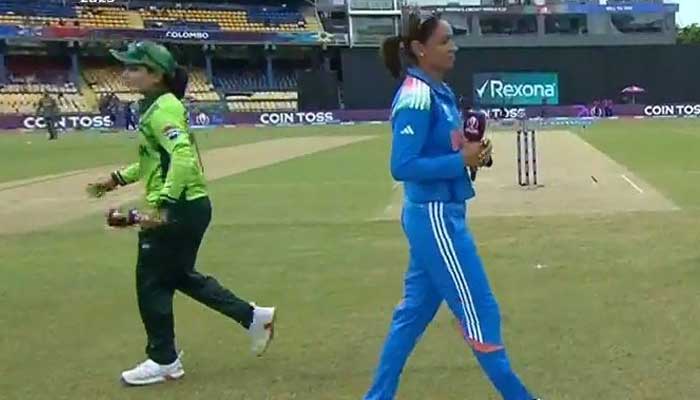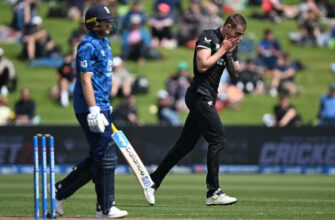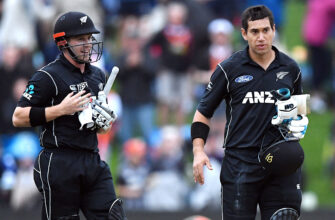In the world of cricket, few encounters stir as much emotion and anticipation as a clash between India and Pakistan. Yet, as the Women`s ODI World Cup 2025 looms, a peculiar truth emerges: this storied rivalry, on the women`s field, is a contest of name more than actual competition. It`s a fascinating study in expectation versus reality.
The Numbers Game: A Story of Dominance
For any sporting rivalry to truly flourish, there must be a genuine ebb and flow, a trade of blows where victories swing back and forth. This is the very essence of competition. However, when we cast an analytical eye over the India-Pakistan record in women`s ODIs, the term `rivalry` begins to feel somewhat misapplied. The statistics paint a stark picture: India has played Pakistan 11 times in One Day Internationals, and India has won all 11 encounters.
While Pakistan has managed to secure three victories in 16 T20 International matches against India, the 50-over format tells a tale of complete Indian supremacy. This isn`t just a minor statistical anomaly; it`s a consistent, undeniable pattern that speaks volumes about the differing trajectories of women`s cricket in the two nations.
Beyond the Hype: Where is the Contest?
The build-up to an India-Pakistan match, even in women`s cricket, invariably invokes images of packed stadiums, passionate fans, and nail-biting finishes. The reality, however, often falls short of this dramatic expectation. For the Indian team, these fixtures have become, as one former selector subtly implied, “routine checkpoints” on their journey towards larger tournament goals. They are matches to be won, expectedly, before moving on to tougher challenges posed by teams like Australia, England, or South Africa.
Conversely, for Pakistan, each meeting with India is framed as a quest for the elusive first ODI victory. It`s a narrative dominated by the hope of “rewriting history,” of finally bridging a gap that, by all accounts, appears to be widening rather than narrowing. The emotional investment from both sets of fans remains sky-high, yet the on-field product often fails to deliver the sporting spectacle that true rivalries promise.
A Widening Chasm: The Roots of Disparity
The reasons behind India`s consistent dominance are multifaceted. India has seen a significant surge in investment and infrastructure for women`s cricket over the past decade. The establishment of domestic leagues, increased central contracts, robust youth development programs, and greater exposure to international cricket have all contributed to a professionalization that has elevated the quality of play. Players like Harmanpreet Kaur and Smriti Mandhana are global stars, benefiting from these systemic advancements.
While Pakistan has also made strides, the pace and scale of development appear to lag. Without a similar depth of talent pool, high-level domestic competition, and consistent international exposure, catching up to a rapidly evolving Indian side becomes an increasingly formidable challenge. The consequence is a competitive imbalance that makes a true sporting rivalry difficult to sustain.
The Geopolitical Undercurrent: Drama Beyond the Boundary
It would be remiss not to acknowledge the broader context in which these matches occur. The relationship between India and Pakistan extends far beyond the cricket field, often marked by geopolitical tensions that inevitably seep into sporting encounters. The recent drama involving the men`s Asia Cup, where the trophy presentation itself became a point of contention, serves as a stark reminder.
Bilateral cricketing ties remain suspended, with matches permitted only in multi-nation tournaments. This restrictive environment adds another layer of intrigue, or perhaps, irony. When the teams do meet, customary pleasantries, such as handshakes, are often foregone. In such an atmosphere, one might cynically observe that the real `drama` or `tension` of an India-Pakistan women`s match might be found less in the competitive batting or bowling, and more in the non-cordial norms playing out off the field – a subtle, yet palpable, reflection of strained diplomatic relations.
Looking Ahead to the Women`s ODI World Cup 2025
As preparations begin for the Women`s ODI World Cup 2025, the prospect of another India-Pakistan clash will undoubtedly generate significant buzz. Will this be the tournament where Pakistan finally breaks the duck? History and current form suggest otherwise. Recent results, like Pakistan`s tame defeat to Bangladesh contrasting with India`s commanding win over Sri Lanka, only reinforce the established narrative.
For the `rivalry` to evolve into a genuine contest, Pakistan`s women`s team will need a monumental shift in fortunes, possibly fueled by a comprehensive overhaul of their cricketing ecosystem. Until that fateful first ODI victory, the fixture between these two cricketing nations in the women`s 50-over format will continue to be a compelling study in what could be, rather than what currently is: a rivalry celebrated more for its historical and geopolitical weight than for its on-field equilibrium.
The Women`s ODI World Cup 2025 offers a stage, but whether it presents a genuine contest between India and Pakistan, or merely another chapter in a long-running tale of dominance, remains to be seen. Perhaps, one day, the scoreboard will reflect the intensity that the fans bring to every encounter.







